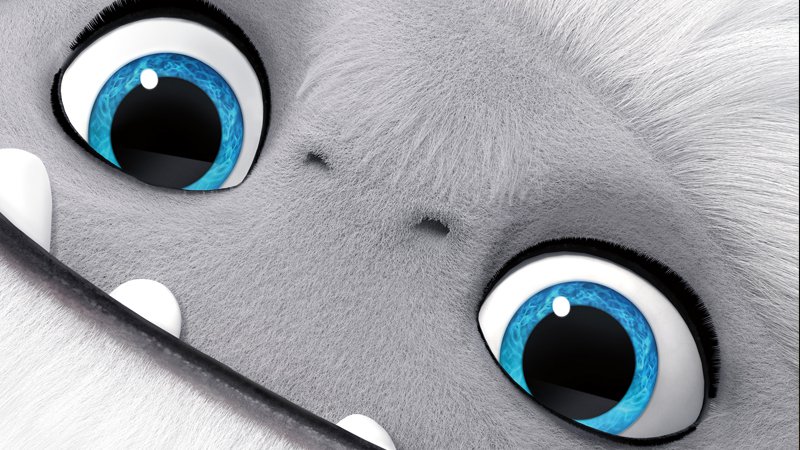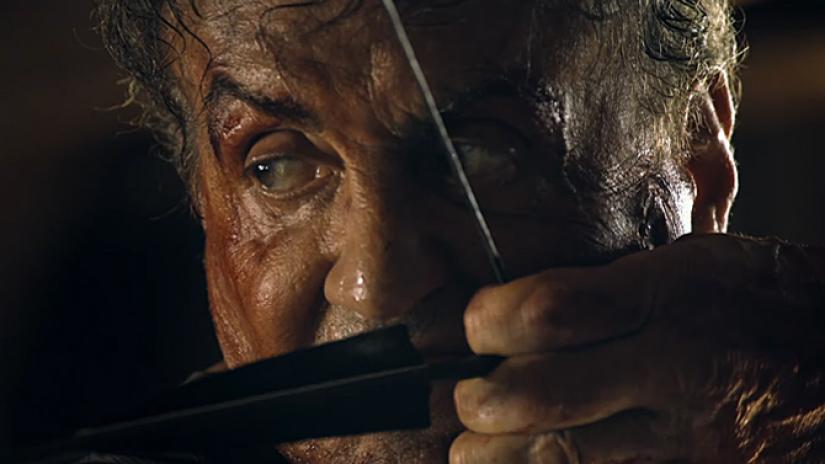We needed a drink, so we threw back a few and brainstormed the best bars in horror movies. Some of them were dives we’d love to haunt. Others were just really, seriously scary. All of them set the stage for something important in horror.
Who wants a cocktail?
6. The Slaughtered Lamb (An American Werewolf in London, 1981)
What is going on with these guys?! How hard would it have been to just ignore the yanks and let them hang around? What harm could have come of it? But no! They ask one silly question and the next thing you know…
“Enoof!”
5. The Gold Room (The Shining, 1980)
“Little slow tonight, isn’t it Lloyd?”
Great line, even better delivery, in a scene—and a room—that haunts Stanley Kubrick’s masterpiece interpretation of Stephen King’s best novel.
4. Mahers (Grabbers, 2012)
Sea monsters have come to Ireland. They crave the water but they hate alcohol. The only way to save yourself is to get blind drunk and stay inside the pub.
Most Irish movie ever.
3. The Winchester (Shaun of the Dead, 2004)
It’s familiar, you know where the exits are, and you can smoke. It’s The Winchester, best place to hole up and wait out the zombipocalypse.
How’s that for a slice of fried gold?
2. Titty Twister (From Dusk Till Dawn, 1996)
A couple of nogoodnik brothers go from frying pan to the pit of vampire hell as they and the family they kidnapped wait out the night at a strip club of death.
1. Green Room (2015)
You may not catch its name, but that’s OK by the clientele. This Boots & Braces establishment likes its music loud, its patrons white and its dogs bloodthirsty.















